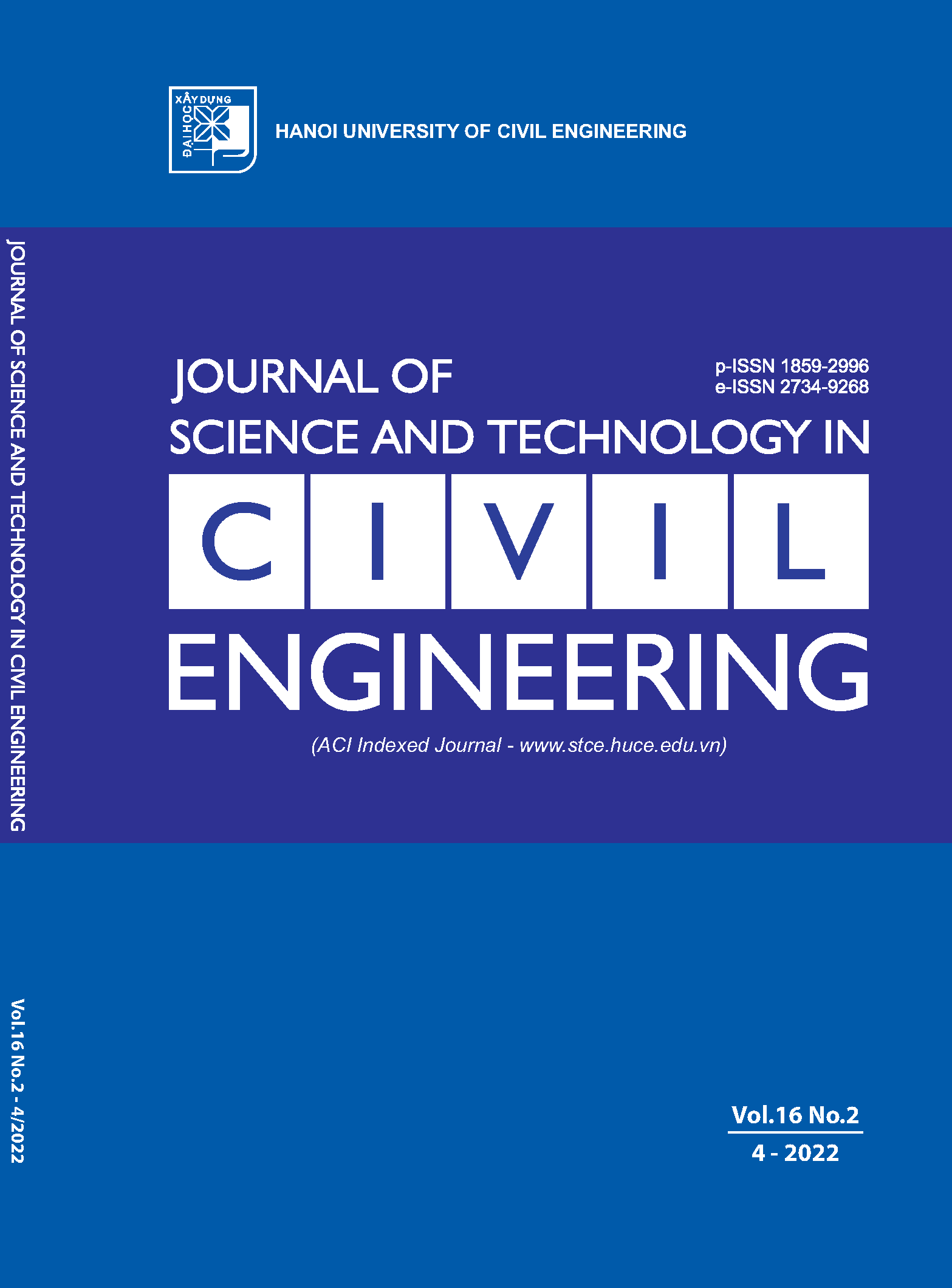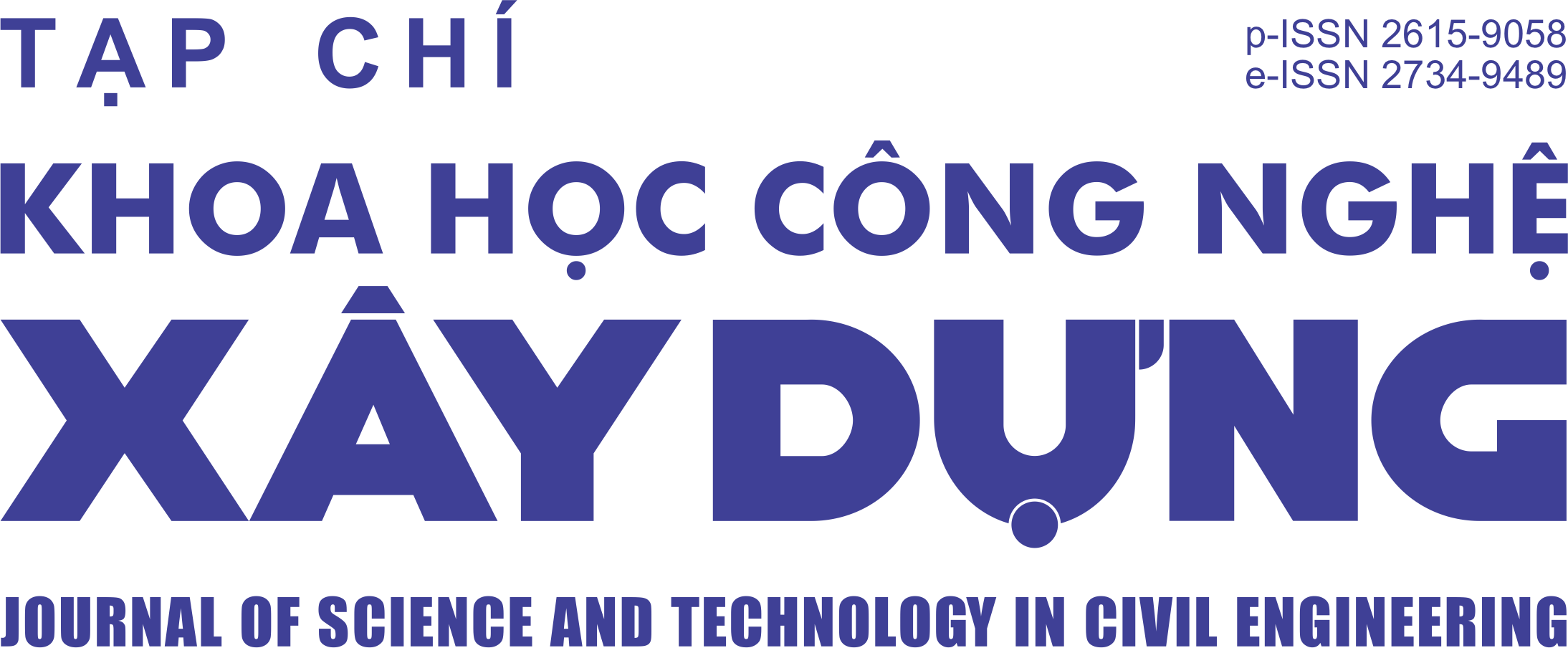Lightweight foamed concrete reinforced with different polypropylene fiber contents
Abstract
The combined utilization of fly ash and ground granulated blast-furnace slag as a partial cement substitution in the production of lightweight foamed concrete (LFC) incorporating different polypropylene (PP) fiber was investigated in this study. The LFC was prepared with a target dry density of 1200 ± 50 kg/m3 and the influence of PP fiber contents (e.g., 0, 0.3, 0.6, and 1.0% by volume) on the characteristics of LFC was examined in terms of fresh unit weight, dry density, water absorption, thermal conductivity, compressive strength, flexural strength, ultrasonic pulse velocity (UPV), and microstructural analysis using scanning electron microscopy (SEM) technique. Results show that the inclusion of PP fiber affected all of the studied characteristics of LFC. Increasing PP fiber percentages resulted in reducing dry density, thermal conductivity, and UPV. Whereas, both the mechanical strength and water absorption were found to be increased with PP fiber content. The result of the SEM analysis also supported these findings. At 28 days, all of the LFC obtained the target dry density of 1200 ± 50 kg/m3, satisfying the requirements of TCVN 9029:2017. The water absorption, thermal conductivity, UPV, compressive strength, and flexural strength values of the LFC specimens were recorded at the respective ranges of below 10%, 0.394 – 0.461 W/mK, 2955 – 3019 m/s, 15.98 – 17.33 MPa, and 2.31 – 4.07 MPa. Furthermore, the results suggested that 1.0% PP fiber was the most suitable level for the production of LFC.
Downloads
Copyright (c) 2022 Hanoi University of Civil Engineering

This work is licensed under a Creative Commons Attribution-NonCommercial-NoDerivatives 4.0 International License.
1. The Author assigns all copyright in and to the article (the Work) to the Journal of Science and Technology in Civil Engineering (JSTCE) – Hanoi University of Civil Engineering (HUCE), including the right to publish, republish, transmit, sell and distribute the Work in whole or in part in electronic and print editions of the Journal, in all media of expression now known or later developed.
2. By this assignment of copyright to the JSTCE, reproduction, posting, transmission, distribution or other use of the Work in whole or in part in any medium by the Author requires a full citation to the Journal, suitable in form and content as follows: title of article, authors’ names, journal title, volume, issue, year, copyright owner as specified in the Journal, DOI number. Links to the final article published on the website of the Journal are encouraged.
3. The Author and the company/employer agree that any and all copies of the final published version of the Work or any part thereof distributed or posted by them in print or electronic format as permitted herein will include the notice of copyright as stipulated in the Journal and a full citation to the Journal as published on the website.







